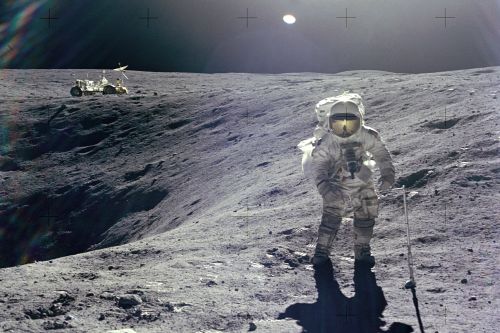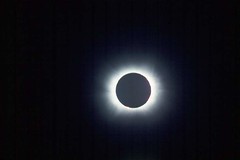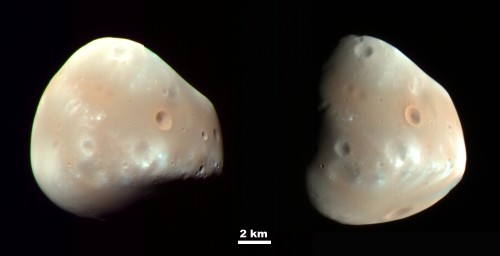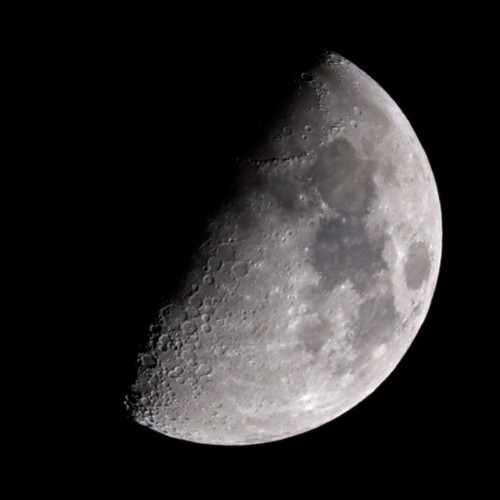Nikon GPS unit reviewed
 Because I write a lot about digital photography and camera gear on this here blog, I want to draw your attention to a lengthy 1,500-word review of the Nikon GP-1 GPS unit that I just posted on The Map Room. I’ve been writing about the GP-1 for some time, but only on The Map Room; if you’re wondering what it is, it’s a specialized GPS that embeds geographic coordinate data in digital image files as you take each photo.
Because I write a lot about digital photography and camera gear on this here blog, I want to draw your attention to a lengthy 1,500-word review of the Nikon GP-1 GPS unit that I just posted on The Map Room. I’ve been writing about the GP-1 for some time, but only on The Map Room; if you’re wondering what it is, it’s a specialized GPS that embeds geographic coordinate data in digital image files as you take each photo.
There are several ways of geotagging photos: using a separate GPS logger and syncing up the GPS tracks with the time stamps of your photos (which is kind of kludgy); tagging them manually (which is what I’ve been doing for years, using Flickr’s drag-and-drop map interface); using a camera with a built-in GPS (there are a few of these, notably some cameraphones); or using a GPS accessory like this one. This last option has been around for a while, but only for digital SLRs with PC sync terminals; this is the first one for a consumer SLR — it works with the D90 as well as higher-end cameras.
Now, why would you want to geotag your photos? It’s another bit of metadata: knowing where your photo was taken can be as useful as knowing when it was taken. I imagine it’s extremely useful in field work, whether biological or criminological. But for whatever reason, quite a few people are geotagging their photos, and when a photo sharing service like Flickr supports it, as it has for years, it’s quite interesting to look at a map of a place and see what photos have been taken there.

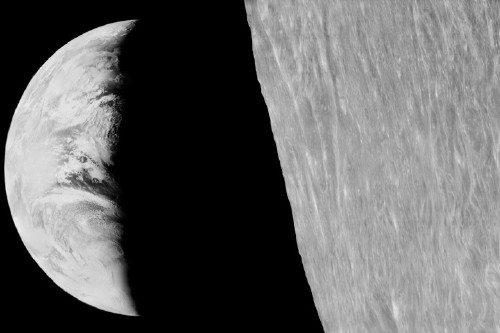
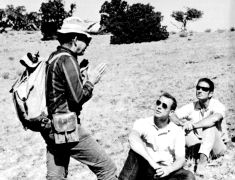 Now in his mid-eighties,
Now in his mid-eighties, 